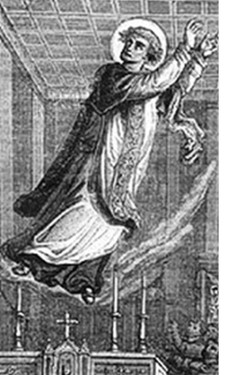

Frantz Fanon was one of those scholars who studied the veil’s meaning as a symbol of resistance rather than of religion. However, within postcolonial context, the veil can be conducted as a symbol of empowerment and resistance. The veil had been widely used in different discourses of analysis. The term “veil” in this paper refers to Hijab, Burka, and El Haik (a traditional Algerian outfit) it is meant for explaining its discourse and meaning. It will be demonstrated by referring to Franz Fanon, Marnia Lazrag and Sheth Falguni’s theoretical perspectives about the veil. The paper also discusses the conflicting meanings of the veil within the film. The film won French César awards for Best First Feature Film and Best Newcomer Actress “Lyna Khoudri”. Papicha (translated as an attractively young lady) was screened at the 2019 Cannes Film Festival in “Un Certain Regard” category. This study attempts to discuss the representation of the veil in Mounia Meddour’s Papicha (2019). Following by many other Algerian films_ whether consciously or unconsciously_ the veil continued to be tackled even during the 1990s.

The veil can be seen as an agency to fight for liberation, oppression or as a challenge.įurthermore, these agencies were portrayed in various cultural productions.

They deconstructed the notion of the veil and its meaning in different contexts and attempted to explain the use of the veil in different situations. Scholarly, many researchers such as Frantz Fanon, Marnia Lazrag and Sheth Falguni took the debate into another level.

Within the Algerian context, the veil has been facing a fierce debate since the French colonization. It had been targeted by the colonizer in most if not all Islamic regions. At many levels, the veil is highly examined in postcolonial studies.


 0 kommentar(er)
0 kommentar(er)
